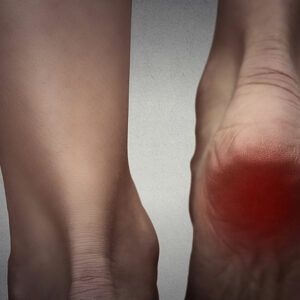4 ways to prevent vitiligo from spreading

Vitiligo is caused by a loss of pigment or melanin in the skin, leading to white spots or patches. It is a chronic condition and may be triggered by other chronic or autoimmune conditions, such as Graves’ or Addison’s disease. Roughly one percent of the world’s population may have vitiligo and require treatment. While there is no cure for vitiligo, part of its management involves learning ways to prevent its spread.
Apply sunscreen
Those with vitiligo are susceptible to sunburn because they don’t have enough melanin. So, dermatologists advise those with this condition to apply sunscreen before stepping outside. This is the most commonly recommended sun protection measure. Besides, layering on sunscreen can be crucial in preventing vitiligo from spreading to other body parts. Consistent sunscreen usage and application every few hours can also help prevent skin cancer and signs of aging.
There are a few things to keep in mind when using sun protection. For starters, one should cover all the exposed areas of the skin with a thick layer of sunscreen. Additionally, the product should contain sun protective factor (SPF) 30 or above. Those with vitiligo should also consider broadspectrum sunscreens that protect the skin against UVA and UVB rays.
Additionally, it is best to invest in a sunscreen that is sweatproof and waterproof. Those who avoid applying sunscreen because of the white cast it leaves behind can buy a tinted sunscreen that matches or is close to their original skin tone.
Wear protective clothing
Protective clothing, such as a sun jacket, can help one easily protect the skin and limit sun exposure, which, over time, is known to exacerbate vitiligo symptoms and encourage its spread to other parts of the body.
Fabrics that are breathable and light work best here. One may also benefit from choosing long-sleeved clothes over shorter ones to provide the skin with the most coverage.
Stay in the shade
Staying safe from the sun is crucial in preventing vitiligo from spreading. While exposure to the sun can cause the skin to tan, patches of skin that lack melanin can burn easily. The burns also make depigmented spots or patches more visible to the naked eye.
Avoid tanning beds
Tanning beds are not the safest way of achieving a tan, as they emit harmful ultraviolet rays like the sun. For those with vitiligo, tanning beds can burn the non-pigmented patches of their skin and make them more prominent.



